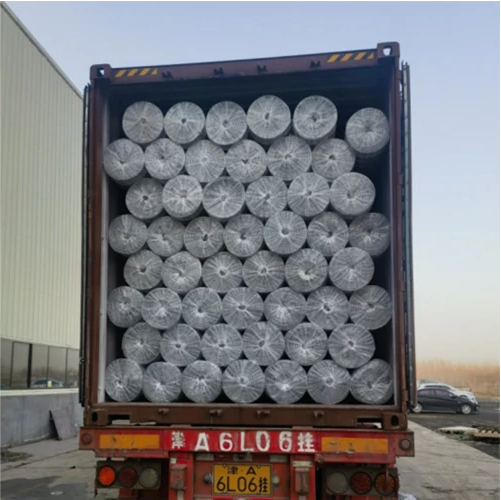nails for cedar fencing
Choosing the Right Nails for Cedar Fencing
When it comes to building a cedar fence, selecting the right materials is crucial for ensuring durability and longevity of the structure. Among these materials, the choice of nails plays a significant role. Cedar, known for its natural resistance to decay and insect damage, is a popular choice for fencing. However, improper fastening can lead to premature wear and structural failure. Here’s what you need to know about choosing nails for cedar fencing.
The Importance of Nail Selection
Using the right type of nails not only ensures a secure connection but also helps maintain the integrity and beauty of the cedar wood. Cedar is a relatively soft wood, which means it can be susceptible to splitting if not handled properly. Therefore, the type of nail you choose should accommodate the unique properties of cedar.
Nail Types
There are several types of nails to consider when constructing a cedar fence
1. Galvanized Nails These are coated with zinc to prevent rusting, making them an excellent choice for outdoor projects exposed to the elements. Galvanized nails are durable and resistant to corrosion, ensuring that your fence remains sturdy over time.
2. Stainless Steel Nails Although more expensive than galvanized nails, stainless steel nails offer superior corrosion resistance. They are ideal for coastal areas or regions with heavy rainfall where moisture can accelerate rusting. Additionally, stainless steel nails blend well with cedar's natural look.
3. Cedar Wood Screws While not technically nails, wood screws designed for cedar provide an extra level of holding power. They create a secure joint and are less likely to pull out over time. Using screws can also reduce the likelihood of the wood splitting.
nails for cedar fencing

4. Spiral or Ring Shank Nails These types of nails have ridges along their shaft, which provide extra grip as they drive into the wood. This can be especially beneficial for securing the pickets of a cedar fence, as they help prevent the wood from loosening over time.
Nail Size
Selecting the appropriate nail size is equally important. Generally, 2.5 to 3 inches long is recommended for attaching fence boards to the rails, while shorter nails may be suitable for other components. It’s best to choose nails that penetrate deeply into the framing material, which will enhance the overall strength of the fence.
Nail Placement
Proper nail placement is essential to minimize the risk of splitting and to maximize the fence's lifespan. Nails should be driven at an angle, especially near the ends of boards, to create a stronger hold. Ensure that nails are not too close to the edges of the wood to prevent splitting.
Maintenance Considerations
After installation, regular maintenance is critical to prolonging the life of your cedar fence. Inspect the nails annually and replace any that have corroded or loosened. Additionally, applying a protective stain or sealant helps enhance the natural beauty of cedar while providing an extra layer of protection against moisture and sun exposure.
Conclusion
In summary, choosing the right nails for cedar fencing is essential for ensuring its durability and aesthetic appeal. Galvanized or stainless steel nails are highly recommended due to their resistance to corrosion. The size, type, and placement of the nails matter significantly in maintaining a secure and long-lasting fence. Investing the time to consider these factors during the planning and construction phases can lead to a successful and enduring cedar fence that enhances the value and beauty of your property. Proper maintenance will further assure that your investment remains intact for years to come.
-
Space-Saving Chain Fence Hacks Vertical Gardening with Cyclone MeshNewsJul.16,2025
-
Innovations in Iron Nail Wire Production for Modern ConstructionNewsJul.16,2025
-
Creative Uses of Wire Netting Fence in Modern Landscape DesignNewsJul.16,2025
-
Barbed Wire Fence Innovations in Anti-Climb TechnologyNewsJul.16,2025
-
Architectural Uses of Umbrella Nails for Aesthetic Roof DesignsNewsJul.16,2025
-
Architectural Uses of Razor Barbed Wire in Secure Urban DesignNewsJul.16,2025




